By now, you know that there is a series of variant covers that DC Comics is putting out across all their titles in June to celebrate the 75th Anniversary of their most popular villain, The Joker (like the one above by Javier Pulido for Catwoman #41). He’s certainly a complex, frightening villain who’s worth celebrating. You might also have heard that, while many of these covers are great and creative uses of the character, there is one cover in particular that’s been giving many people pause.
That would be this one for Batgirl #41 by Raphael Albuquerque, which I didn’t want to lead with, but we need to show here for context:
It’s disturbing. And while it’s certainly drawn well, and it references a classic story from The Joker’s history (Alan Moore’s The Killing Joke) the fact is, it’s not what many of Batgirl readers of any gender want to see for one of DC’s few female heroes currently with her own title. Especially this hero, who of late has been geared more toward younger readers and a wider audience. DC Women Kicking Ass started the conversation about the variant cover with a post called Batgirl Joker Variant – WTF?, and now comics fans are so appalled by the cover that they’ve taken to Twitter to express their outrage, using the hashtag #CHANGETHECOVER.
As with anything, there are two sides to this debate. There are also people who support the cover, and see people’s desire to have the cover change as an infringement on an artists’ creativity. In her piece Strength in Vulnerability: Feminist Reply to DC Comics’ Batgirl #41 Variant Ignites #ChangeTheCover, @JennofHardwire talks about how she doesn’t see anything wrong with referencing The Killing Joke, because Barbara Gordon’s vulnerability in that moment made her stronger, saying:
You also have to consider that this event in Barbara Gordon’s past helps to show how strong she is in later comics. She was able to move past this traumatic point in her life which reflects her strength of character. The argument that the cover is misogynistic and sexist because Barbara Gordon is being used as a tool robs her of the strong character development that stems from this traumatic event in her history.
What she fails to recognize is that this origin story for Oracle is problematic in and of itself. After all, the male heroes in the DC Universe all have origin stories that find them either having been born with certain advantages (Superman), having watched tragedies happen around them (Batman), or having had accidents (The Flash). Hell, even some of the female heroes have this kind of origin. After all, Wonder Woman and Supergirl are also “born this way.” Even Batgirl has a great origin in that she just… decides to start fighting crime despite all objections. The fact that Oracle is the product of a horribly violent crime against a young woman doesn’t sit well with a lot of people, especially considering that Women In Refrigerators is a trope that plagues comics otherwise. Yes, Oracle provides much-needed representation for comics fans in wheelchairs and is an inspiring character, but this doesn’t make her origin any less of a problem.
Since comics have a long history of using violence against women as a device, it seems less powerful and more problematic when a female hero is forced to undergo violence in order to become a hero. Batman is inspired to save Gotham by watching tragedy befall his parents; Superman is gifted powers by our sun and decide to use them to help people; Batgirl saw a crime happening and decided to do do something about it. That is the Batgirl people want. That is the Batgirl that has her own title. Going back to the moment when Batgirl was robbed of that agency and forced into something else, in order to celebrate another character on the cover of her own book, seems like a special kind of humiliation for her. Especially when you consider that the New 52 kept this aspect of her story, but doesn’t have Oracle to show for it. Really?
What makes this cover even more confusing are the other Joker variants on the covers of other female hero titles. Take the Catwoman cover above. Catwoman is knocking a gun out of The Joker’s hand. Or, what about this Wonder Woman variant by Brian Bolland (ironically, the artist on The Killing Joke):
Is there a bomb about to go off? Yes. (Some days, you just can’t get rid of a bomb!) But while Wonder Woman is “doing this dance” with Joker, the way Batman always seems to, she does not look thrilled, but she also doesn’t look scared. She hates this, and looks like she’s biding her time before she can make a move. Also, if that bomb goes off, both Wonder Woman and The Joker would be taken out,. This is a last resort. (That is, if the bomb is even real – The Joker looks almost ghost-like here, so this cover seems more symbolic than literal in any case.)
So, if other female heroes were able to have powerful covers with The Joker, why was Batgirl forced to relive her most harrowing moment with him in this way? It’s clearly possible to have a woman on a cover with The Joker without her looking so defeated. Hell, even Raphael Albuquerque has done this on other covers! Check out his cover for Batgirl Endgame #1, which comes out this week:
Here is a cover that clearly references Batgirl’s connection to The Joker, as well as the story of this issue (Batgirl deals with a “mob of Jokerized madmen in Gotham City!”), without making her look like prey. Albuquerque obviously knows how, and the Fletcher/Stewart/Tarr creative team has represented Batgirl incredibly well throughout their new run. So why did DC choose to run with this offending June variant cover? Couldn’t figure out a way to have Batgirl, I don’t know, fighting The Joker?
Full disclosure: I’ve never read The Killing Joke. I know, I know. I got into comics in 2004, and in all the catch-up reading and reading of current titles I’ve done since, I’ve somehow never gotten around to The Killing Joke. So, my perspective when I first looked at the June Batgirl Joker variant was different than that of many comics fans in that I didn’t feel a particular need to “make sure to reference The Killing Joke” when doing a Joker tribute with her. I saw it and was just.. .disturbed. Disturbed mostly without context, except for my loose understanding of The Killing Joke being A Thing. I know the hard-core comics fans among you are probably shaking your heads at me, but here’s the thing: there are a lot of readers like me, perhaps a lot of younger or female readers who have come to comics recently – maybe even because of the Batgirl relaunch. DC can’t assume that everyone coming to their books has an intricate knowledge of Batgirl history. All many readers know when they walk up to the display racks in the comic shop is what they’re looking at right now, and with this cover is Batgirl not being heroic as The Joker holds a gun to her head. Sometimes, I think the comics industry in general is too beholden to its own history, and not beholden enough to its new readers who are trying to find themselves in this labyrinth of titles.
Which brings me to something else that both the industry and long-term comics fans might have forgotten: comics started out as being for children. Now, it’s far more challenging to find good “all-ages” comics fare, though BOOM! and Marvel have made some great recent progress with titles like Lumberjanes and Ms. Marvel. Cameron Stewart and Brenden Fletcher have been trying to distance themselves from The Killing Joke in making their Batgirl more accessible to younger readers, which I think is a great move. She’s Batgirl, not Batwoman, and she should be accessible to readers in her own age group!
So is this June variant cover on Batgirl what we want some young comic readers’, or any new readers’, first vision of Batgirl to be? Should the upcoming celebration of The Joker’s history take priority over the encouragement of new readership? Should comics history be prioritized over the strong feelings of current readers who want less senseless and disproportionate violence against women in the comics they read?
I don’t think so.
Are you following The Mary Sue on Twitter, Facebook, Tumblr, Pinterest, & Google +?



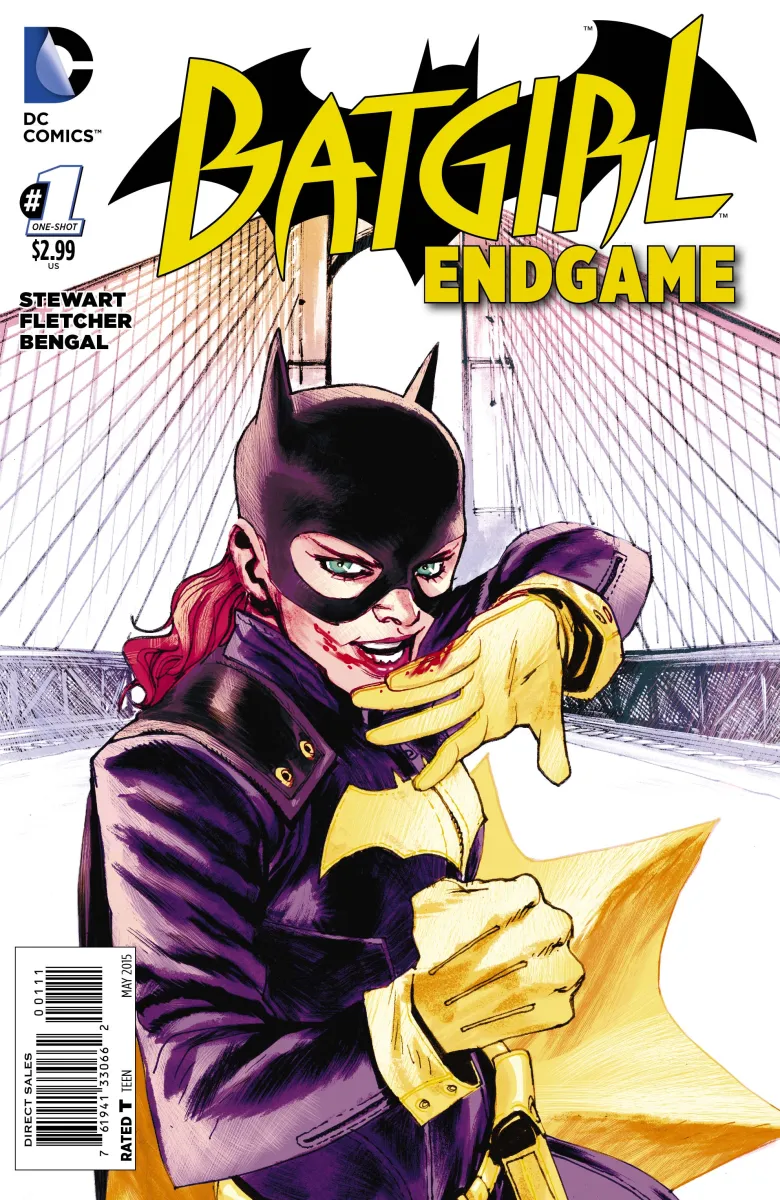
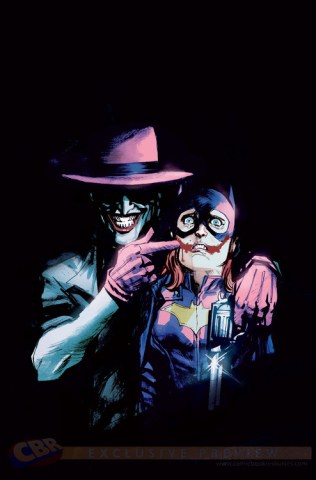
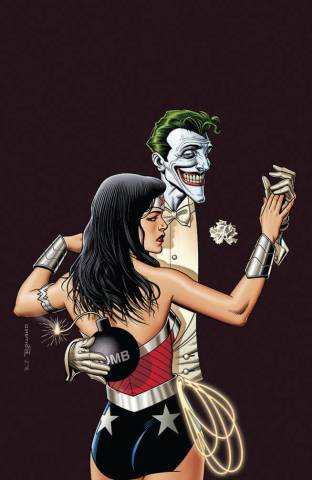
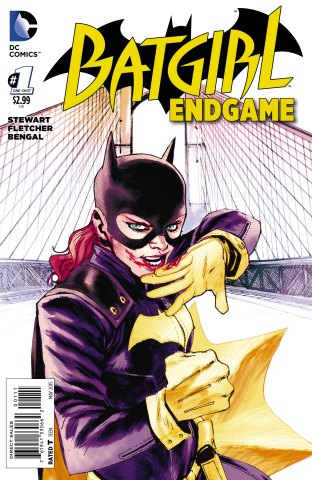




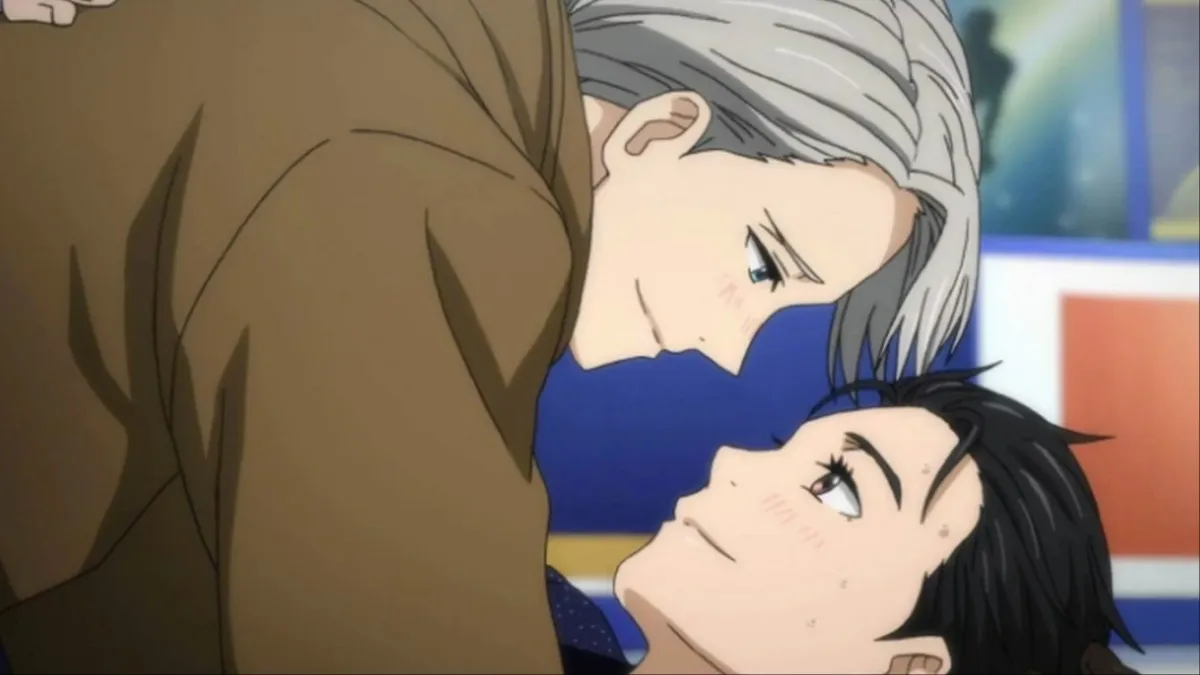
Published: Mar 16, 2015 7:04 PM UTC